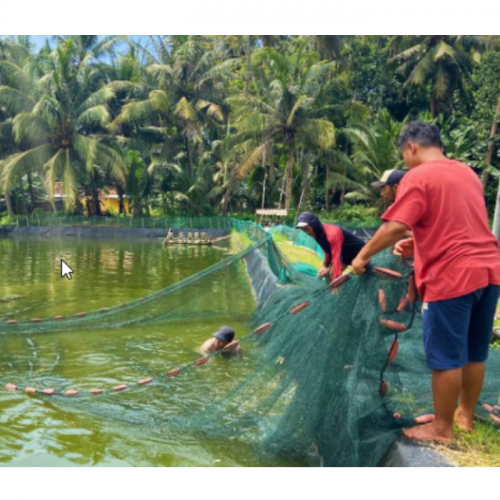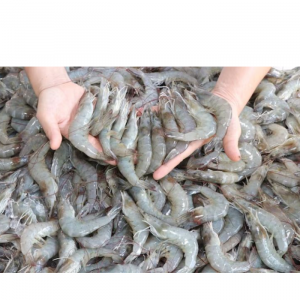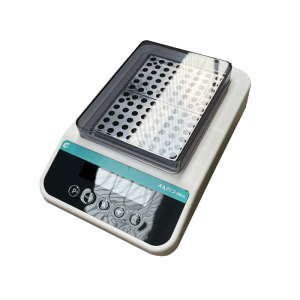
Get to Know Dinoflagellates in Your Shrimp Farm
| Wed, 08 Dec 2021 - 16:27
The second-largest group of phytoplankton that often found in the saltwater after diatoms are dinoflagellates. Dinoflagellates are known for their ability of bioluminescence. If the dinoflagellates bloom, they would color the pond water into the red tide.
What is Dinoflagellate?
Dinoflagellate is a unicellular organism with flagella to move, and has the same characteristics as phytoplankton and zooplankton which could be food producers and do photosynthesis, but could also be consumers and even parasites. Similar to the phytoplankton in general, dinoflagellate could do photosynthesis at noon, and at night it could do bioluminescence as its response to the movement of water. When performing bioluminescence, dinoflagellate requires oxygen.
Dinoflagellates range in size from 5-500 µm. It could only be seen through a microscope, but some of them that make colonies could be seen clearly. It has a yellow-green and reddish pigment color.
Read more: Algae Answer to Aquaculture Wastewater Problem
What is the Dinoflagellate’s Habitat?
Dinoflagellate has habitats in saltwater, brackish water, and freshwater because of its wide salinity range. However, in general, dinoflagellates could be found more in the saltwater with the salinity around 30-35 ppt. Because it is easy to find in the saltwater, dinoflagellates would appear in the vannamei shrimp ponds. Other than that, dinoflagellates would grow optimally on a warm temperature, 26oC.
Are Dinoflagellates Detrimental to Cultivation?
Most genera of dinoflagellates have an important role in benthic community settings. However, several genera are known to have the ability in producing poison or causing harmful algae blooms in the water because of its ability to produce poison. Dinoflagellates bloom on the water is caused by high light intensity, water temperature, and especially high contents of nitrogen and phosphor.
Moreover, dinoflagellates could be a benchmark of shrimp ponds' condition. If there is a high increase of dinoflagellates, it indicates that the water is in an unstable condition and it could be harmful for the vannamei shrimp ecosystem. Otherwise, if it has a low amount of dinoflagellates, it would not be harmful.
—
Author: Nabilla Anggi Wijayanti Julianto
Source: JALA
























